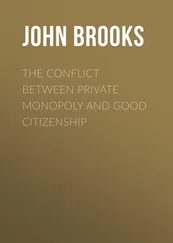Consequently Scott and Logan’s bodies, largely unbeknownst to them, have also prepared for the event. Their metabolism speeds up, ready to break down existing energy stores in liver, muscle and fat cells should the situation demand it. Breathing accelerates, drawing in more oxygen, and their heart rates speed up. Cells of the immune system take up position, like firefighters, at vulnerable points of their bodies, such as the skin, and stand ready to deal with injury and infection. And their nervous system, extending from the brain down into the abdomen, has begun redistributing blood throughout their bodies, constricting blood flow to the gut, giving them the butterflies, and to the reproductive organs – since this is no time for sex – and shunting it to major muscle groups in the arms and thighs as well as to the lungs, heart and brain.
As the sheer potential for profit looms in their imaginations, Scott and Logan feel an unmistakable surge of energy as steroid hormones begin to turbo-charge the big engines of their bodies. These hormones take time to kick in, but once synthesised by their respective glands and injected into the bloodstream, they begin to change almost every detail of Scott and Logan’s body and brain – their metabolism, growth rate, lean-muscle mass, mood, cognitive performance, even the memories they recall. Steroids are powerful, dangerous chemicals, and for that reason their use is tightly regulated by law, by the medical profession, by the International Olympic Committee, and by the hypothalamus, the brain’s ‘drug enforcement agency’; for if steroid production is not turned off quickly it can transform us, body and mind.
From the moment the rumour first spread, and over the past couple of hours, Scott and Logan’s testosterone levels have been steadily climbing. This steroid hormone, naturally produced by the testes, primes them for the challenge ahead, just as it does athletes preparing to compete and animals steeling for a fight. Rising levels of testosterone increase Scott and Logan’s haemoglobin, and consequently their blood’s capacity to carry oxygen; the testosterone also increases their state of confidence and, crucially, their appetite for risk. For Scott and Logan, this is a moment of transformation, what the French since the Middle Ages have called ‘the hour between dog and wolf’.
Another hormone, adrenalin, produced by the core of the adrenal glands located on top of the kidneys, surges into their blood. Adrenalin quickens physical reactions and speeds up the body’s metabolism, tapping into glucose deposits, mostly in the liver, and flushing them into the blood so that Scott and Logan have back-up fuel supplies to support them in whatever trouble their testosterone gets them into. A third hormone, the steroid cortisol, commonly known as the stress hormone, trickles out of the rim of the adrenal glands and travels to the brain, where it stimulates the release of dopamine, a chemical operating along neural circuits known as the pleasure pathways. Normally stress is a nasty experience, but not at low levels. At low levels it thrills. A non-threatening stressor or challenge, like a sporting match, a fast drive or an exciting market, releases cortisol, and in combination with dopamine, one of the most addictive drugs known to the human brain, it delivers a narcotic hit, a rush, a flow that convinces traders there is no other job in the world.
Now, at 2.14, Scott and Logan lean into their screens, gaze steady, pupils dilated; heart rates drop to a slow idle; their breathing rhythmic and deep; muscles coiled; body and brain fused for the impending action. An expectant hush descends on global markets.
THE INSIDE STORY
In this book I tell the story of Scott and Logan, of Martin and Gwen, and of a trading floor of supporting characters, as they are caught in the floodtide of a bull and then a bear market. The story will consist of two threads: a description of overt trading behaviour – how professional traders make and lose money, the euphoria and stress that accompany their changing fortunes, the calculations behind bonus payments – and a description of the physiology behind the behaviour. The threads will, however, lace together, forming a single story. Splicing the two will enable us to see how brain and body act as one during important moments in a risk-taker’s life. We will explore pre-conscious circuits of the brain and their intimate links with the body in order to understand how people can react to market events so fast that their conscious brain cannot keep up, and how they draw on signals from the body, the fabled gut feelings, to optimise their risk-taking.
Despite the traders’ frequent successes, the story follows the narrative arc of tragedy, with its grim and unstoppable logic of overconfidence and downfall, what the ancient Greeks called hubris and nemesis. For human biology obeys seasons of its own, and as traders make and lose money they are led almost irresistibly into recurrent cycles of euphoria, excessive risk-taking and crash. This dangerous pattern repeats itself in the financial markets every few years. Alan Greenspan, former chairman of the US Federal Reserve, puzzled over this periodic folly, and wrote of ‘innate human responses that result in swings between euphoria and fear that repeat themselves generation after generation’. Much the same pattern occurs in sport, politics and war, where larger-than-life characters, believing themselves exempt from the laws of nature and morality, overreach their abilities. Extraordinary success seems inevitably to breed excess.
Why is this? Recent research in physiology and neuroscience can, I believe, help us explain this ancient, delusional and tragic behaviour. Human biology can today help us understand overconfidence and irrational exuberance, and it can contribute to a more scientific understanding of financial market instability.
A simpler reason for bringing biology into the story is that it is, quite simply, fascinating. A story of human behaviour spiked with biology can lead to particularly vivid moments of recognition. The term ‘recognition’ is commonly used to describe the point in a story when all of a sudden we understand what is going on, and by that very process understand ourselves. It was Aristotle who coined this term, and since his day recognition moments have been largely the preserve of philosophy and literature. But today they are increasingly provided, for me at any rate, by human biology. For when we understand what is going on inside our bodies, and why, we are met with repeated Aha! moments. These range from the fun: ‘Oh, so that’s why I get butterflies in my stomach when excited!’ or ‘So that’s why I get goosebumps when scared!’ (The erector pili muscles in your skin try to raise your fur, to make you look bigger, just as a cat does when threatened. Most of your fur no longer exists, so you get goosebumps instead, but where it does you have a ‘hair-raising’ experience) – to the deadly serious: ‘So that’s why stress is so tormenting, why it contributes to gastric ulcers, hypertension, even heart disease and stroke!’
Today human biology, perhaps more than any other subject, throws a light into the dark corners of our lives. So by mixing biology into the story I can more accurately describe what it feels like to take large financial risks; and I can do so moreover in a way that provides recognition moments for people who have never set foot on a trading floor. In fact, the physiology I describe is not confined to traders at all. It is the universal biology of risk-taking. As such it has been experienced by anyone who plays a sport, runs for political office, or fights in a war. But I focus on financial risk-taking, and do so for good reason: first, because finance is a world I know, having spent twelve years on Wall Street; second, and more importantly, because finance is the nerve centre of the world economy. If athletes succumb to overconfidence, they lose a match, but if traders get carried away on a flood of hormones, global markets founder. The financial system, as we have recently discovered to our dismay, balances precariously on the mental health of these risk-takers.
Читать дальше
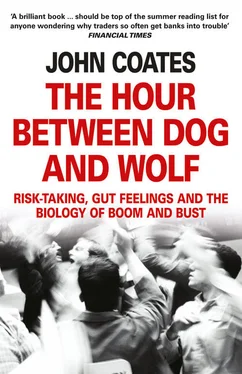
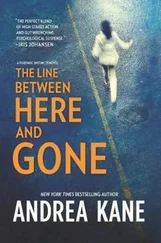
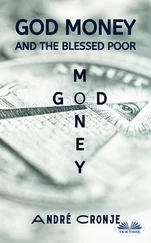
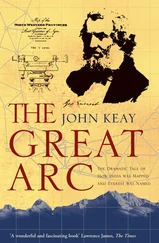



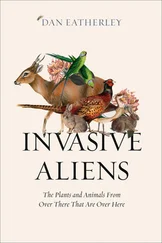
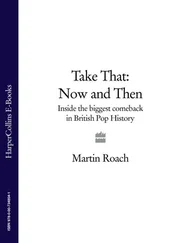
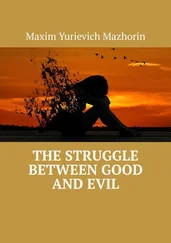
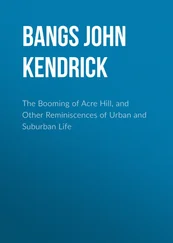
![John Bruce - The Lettsomian Lectures on Diseases and Disorders of the Heart and Arteries in Middle and Advanced Life [1900-1901]](/books/749387/john-bruce-the-lettsomian-lectures-on-diseases-and-disorders-of-the-heart-and-arteries-in-middle-and-advanced-life-1900-1901-thumb.webp)
